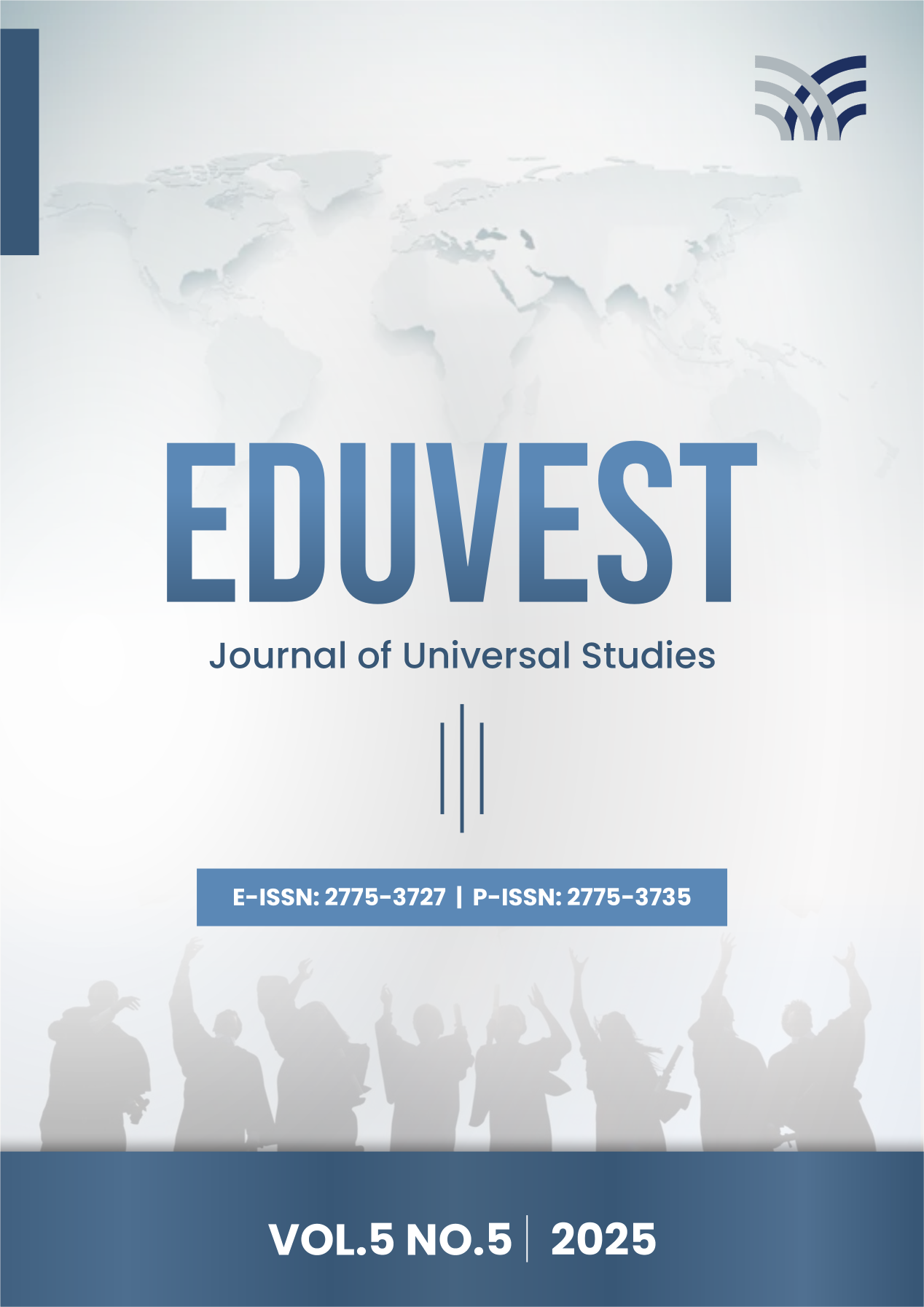Implementation of Building Information Modeling (BIM) for Bridge Abutment Cost Estimation Considering QTO Validity
##semicolon##
https://doi.org/10.59188/eduvest.v5i5.51142##semicolon##
QTO##common.commaListSeparator## BIM##common.commaListSeparator## RAB##common.commaListSeparator## Abutment Jembatan##common.commaListSeparator## MAPEAbstrakt
This study investigates the application of Building Information Modeling (BIM) for cost estimation of bridge abutment structures, focusing on the validity of Quantity Take-Off (QTO). Poor QTO accuracy is a critical issue in construction projects, often leading to discrepancies in material estimates and cost overruns. This research aims to compare the conventional QTO methods with BIM-based QTO for the X bridge abutment structure, focusing on the accuracy of material quantities such as concrete and steel reinforcement. The methodology uses Autodesk Revit for 3D BIM modeling, clash detection with Autodesk Navisworks Manage, and QTO accuracy evaluation through the Mean Absolute Percentage Error (MAPE). The findings show that BIM-based QTO produces more accurate results, with deviations of 7.73% for sand and concrete, and 9.39% for reinforcement steel compared to conventional methods. These results highlight BIM’s potential to improve cost estimation accuracy in infrastructure projects, reducing the risk of underpayments or overpayments. The research implications suggest that BIM adoption could enhance efficiency and accuracy in Indonesian construction projects, offering significant benefits for cost management and project execution. This study contributes to understanding BIM's role in bridge construction cost estimation and emphasizes its practical advantages over traditional methods.
##submission.downloads##
Publikované
##submission.howToCite##
Číslo
Sekcia
##submission.license##
##submission.copyrightStatement##
##submission.license.cc.by-sa4.footer##










